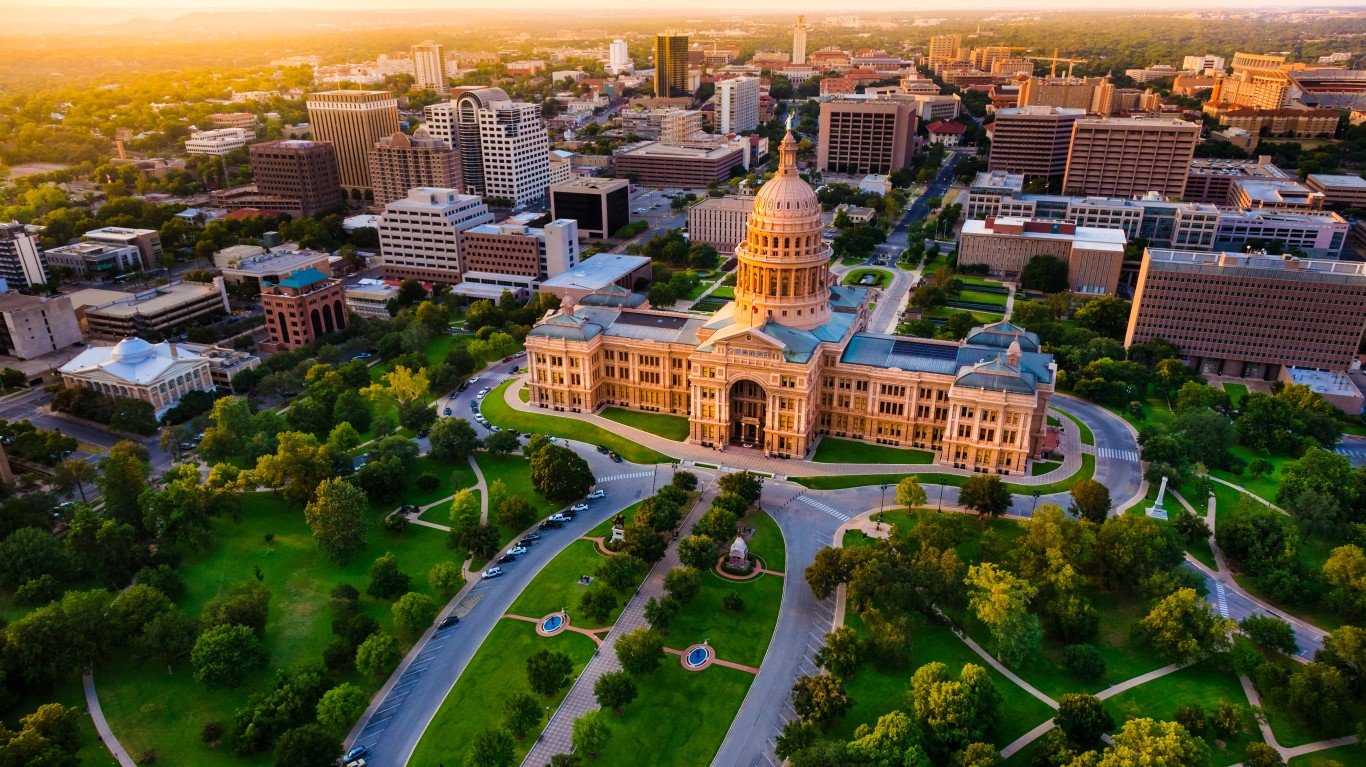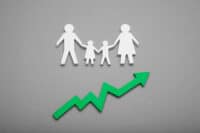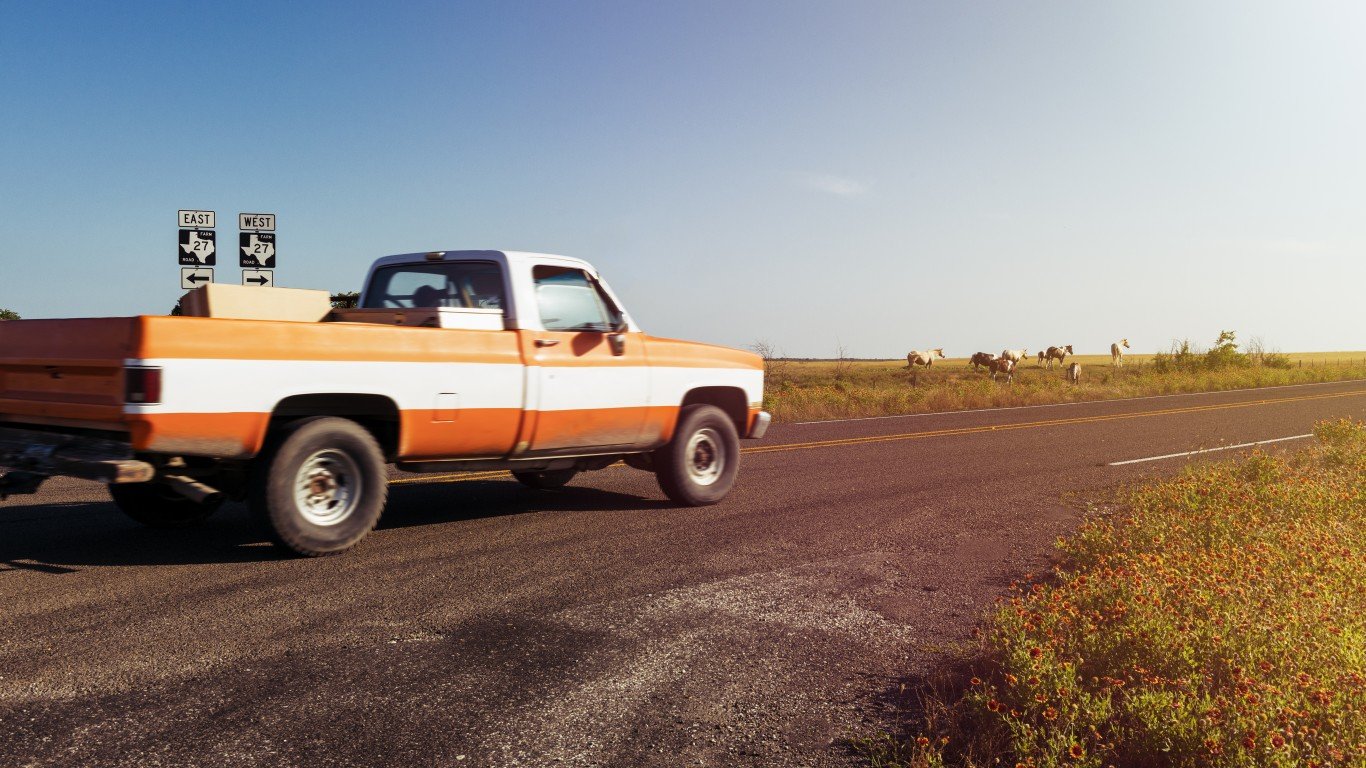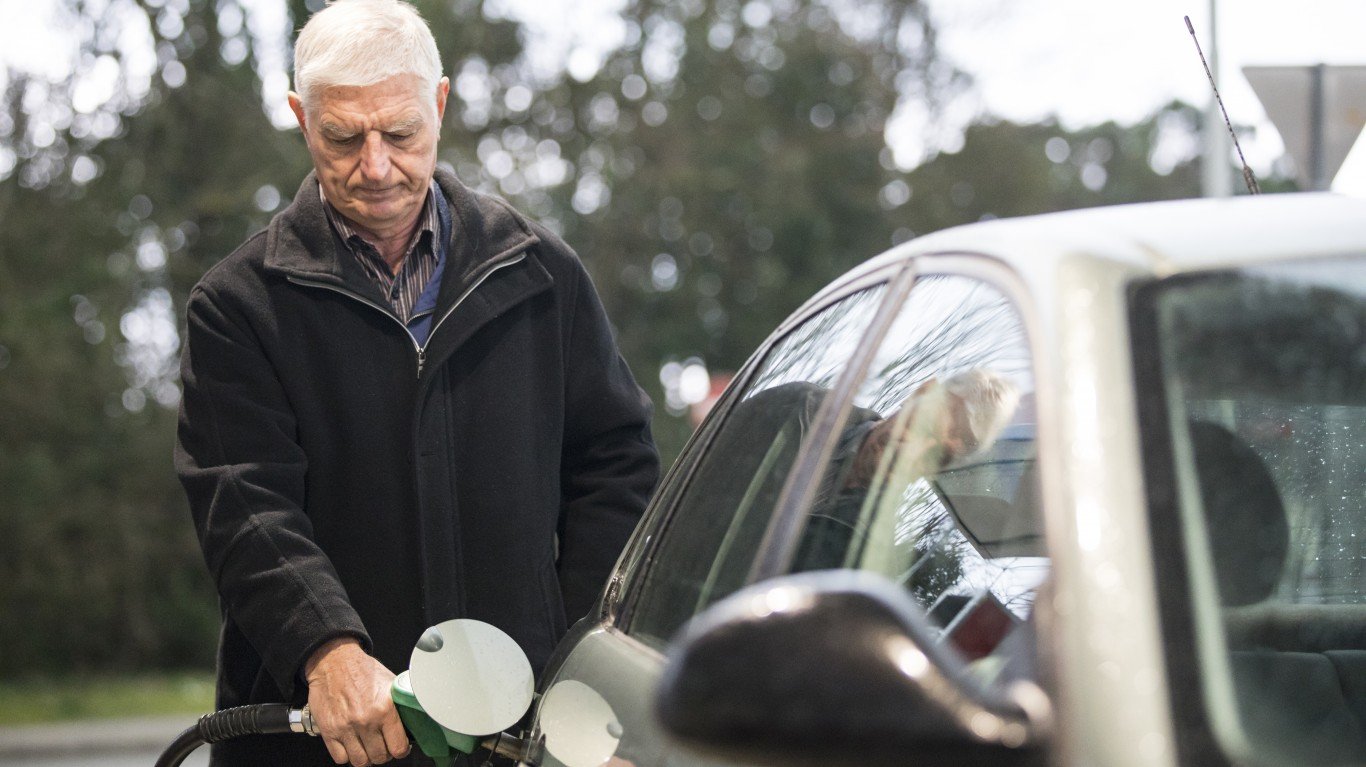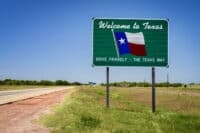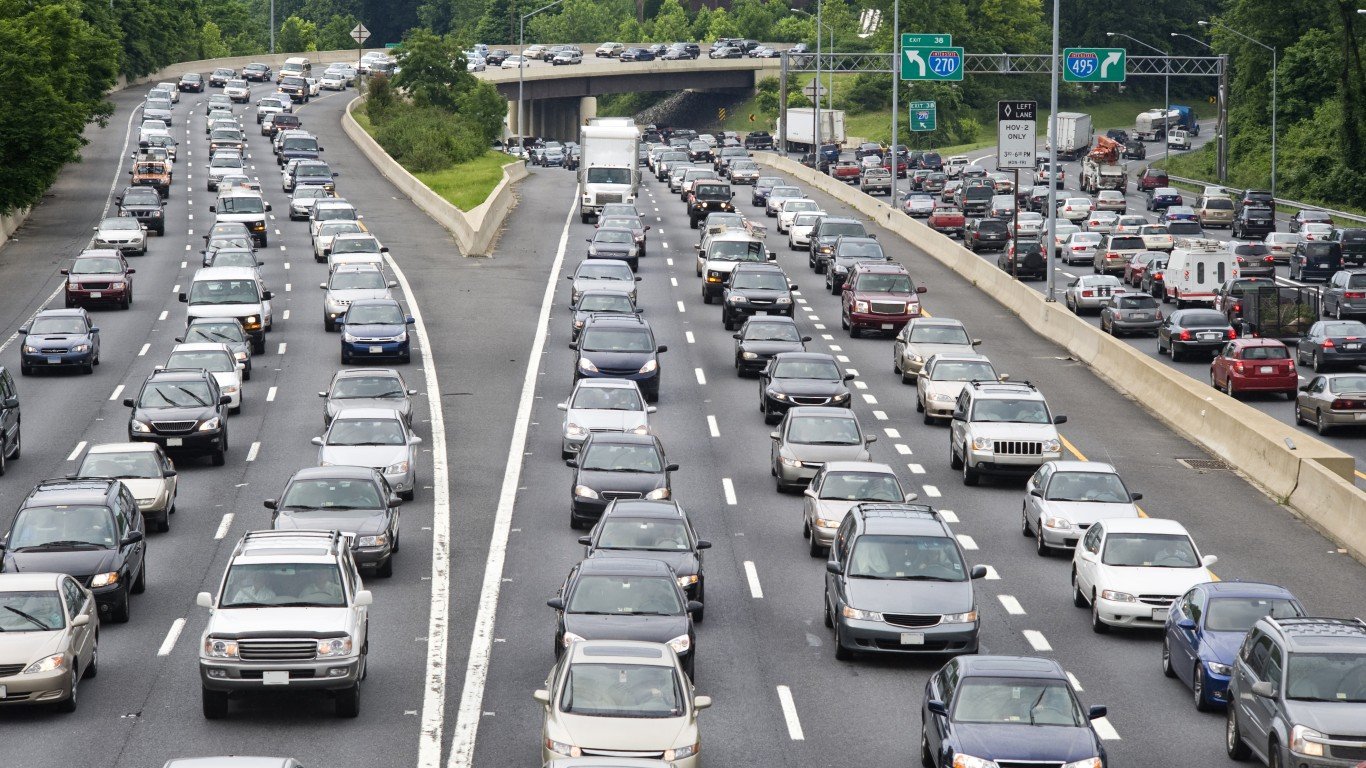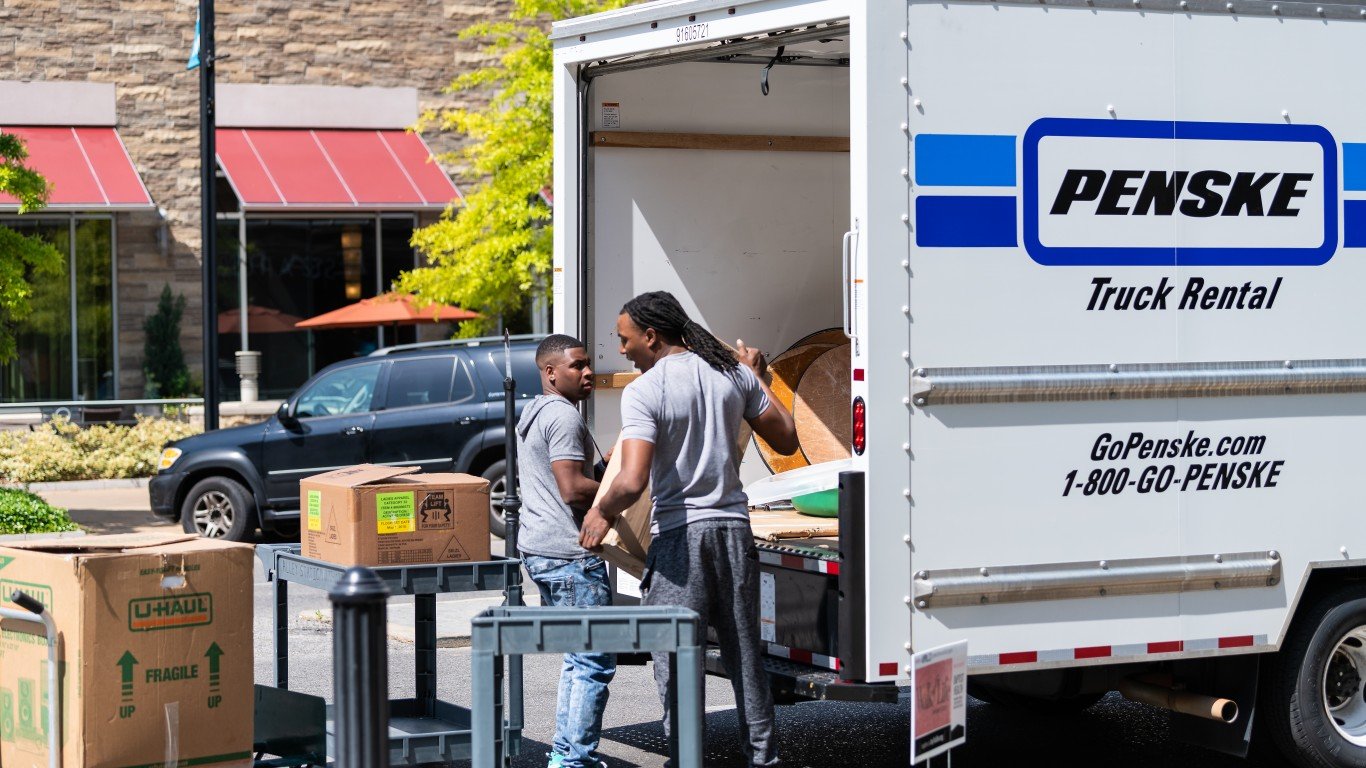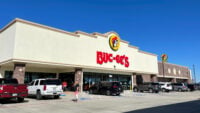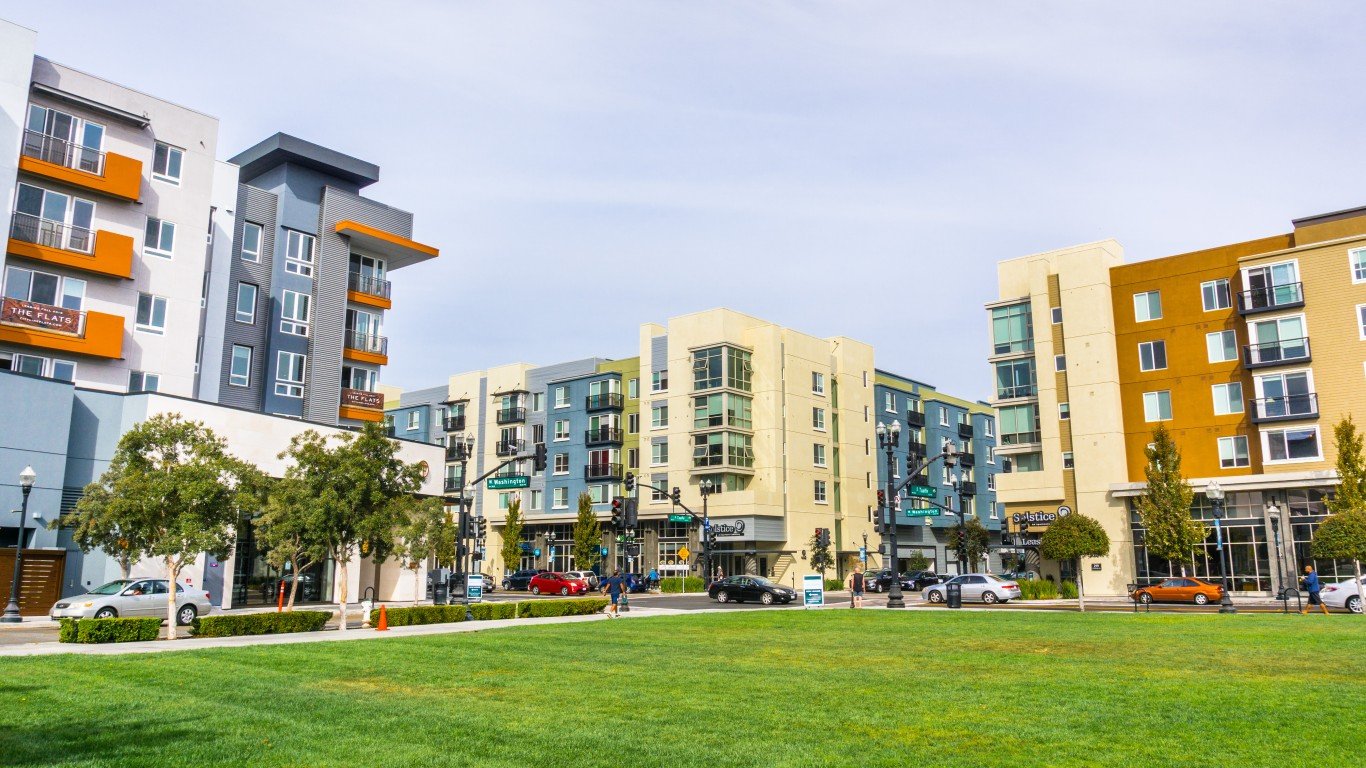Texas
The Republic of Texas joined the United States as the 28th state on December 29, 1845. With a current population of nearly 30 million, Texas is the second-most populous state in the country and the second largest by area. The state ranks in the middle third of the best states to live in based on key measures like its unemployment rate, poverty rate and average life expectancy at birth.
The state continues to attract new residents and ranks among the top tier of states based on population growth. Over the 10-year period to 2019, Texas’s population grew by 14.9%, more than double the national average of 6.6%.
The unemployment rate in 2018 was 3.6%, below the national rate of 3.9% and among the top quarter nationally. However, the low unemployment rate may indicate that many of those jobs must be low paying. The percentage of residents living below the poverty line totaled 13.6%, higher than the national average of 13.1% and in the highest third of the national rankings.
Crime in Texas
Texas’s violent crime rate of 410.9 incidents for every 100,000 residents is well above the national average of 380.6 per 100,000. In 2018, there were 1,322 murders in the state, the second-highest total behind only California. Also like California, Texas was one of only two states to record more than 100,000 violent crimes in 2018.
The state’s incarceration rate is 746 adults per 100,000 residents 18 or older, among the highest in the country. The most dangerous city in the state is Bellmead, which is near Waco.
The Texas Economy
With a 2018 gross domestic product (GDP) of $1.7 trillion, the Texas economy is the third largest among the 50 states. Its largest industry is oil and gas extraction, which employs more than 75,000 people statewide and generates about 0.5% of the state’s total GDP. Between 2013 and 2018, the total economic output of the state’s oil and gas industry soared by 60.3%. Despite rapid growth in that industry, overall economic growth in Texas has been moderate. The state’s GDP grew by 3.4% year over year in 2018, better than the national average of 2.9%.
Texas has an underemployment rate (which accounts for unemployment and people who have taken part-time work out of necessity) of 7.2%. The state ranks in the middle third in the most difficult states in which to find full-time work.
Employment opportunities tend to go up with educational attainment. In Texas, less than a third (30.3%) of the state’s adults have a bachelor’s degree, below the national average of 32.6%. Just 83.6% of the adults in the state have at least a high-school diploma, below the national rate of 88.3%.
The median household income of $60,629 in Texas is below the national median of $63,179.
Thank you for reading! Have some feedback for us?
Contact the 24/7 Wall St. editorial team.
